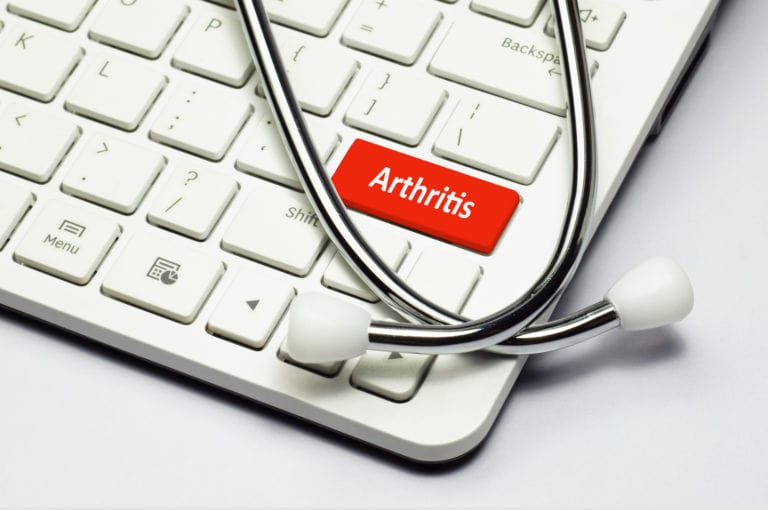
The feet are a complex structure in your body. They house not only muscles and ligaments, but also over 28 bones and more than 30 joints that allow you to have a full range of motion. Your feet provide shock absorption, balance, support and help with general movement.
Unfortunately, as we age, those 30 joints in the feet that have served us so well are highly susceptible to arthritis that can lead to foot pain. An estimated 40 million U.S. people suffer from arthritis and 90% of people suffer from rheumatoid arthritis experience pain in the foot and ankle joints.
There are more than 100 forms of arthritis, many of which affect the foot and ankle. All types can make it difficult to walk and perform activities you enjoy. The major types of arthritis that affect the foot and ankle are osteoarthritis, rheumatoid arthritis, and posttraumatic arthritis.
Osteoarthritis results when the cartilage in the joint gradually wears away. As this happens, the cartilage becomes worn and rough, and the protective space between the bones diminishes. This often results in bone rubbing on bone, and produces painful osteophytes (bone spurs).
Rheumatoid arthritis is an autoimmune disease where the immune system attacks its own tissues. In rheumatoid arthritis, immune cells attack the synovium covering the joint, causing it to swell. Over time, the synovium invades and damages the bone and cartilage, as well as ligaments and tendons, and may cause serious joint deformity and disability.
Posttraumatic arthritis can develop after an injury to the foot or ankle. Dislocations and fractures—particularly those that damage the joint surface—are the most common injuries that lead to posttraumatic arthritis. Like osteoarthritis, posttraumatic arthritis causes the cartilage between the joints to wear away. It can happen many years after the initial injury.
If you suffer from foot arthritis, you are likely experiencing some of the following symptoms:
How Do I Make the Pain Go Away?
There is no cure for arthritis, but the pain associated with it can be reduced. The goals of treatment are to:
As a leading expert in the conservative and surgical management of arthritis pain, Dr. Arti C. Amin of Corona Foot and Ankle focus is on getting to the root problem.“Prevention and education is the key to helping my patients. I enjoy explaining what the problem is, the treatment plan, and how to prevent recurrence. Your feet are your wheels; my job is to keep them moving.”
Some of the questions Dr. Amin may ask include:
During the physical examination, Dr. Amin will closely observe your gait (the way you walk). Pain and joint stiffness will change the way you walk. For example, if you are limping, the way you limp can indicate a lot about the severity and location of your arthritis.
For many patients, the best foot arthritis treatment is one that uses a number of complementary therapies to find relief. A combination of natural treatments, such as orthotics and exercises, along with medication and interventional strategies can help you get back to your life.
For an appointment navigate HERE
Have any questions about treatment? Feel free to make an appointment, Our team will reach you soon!
Contact Us